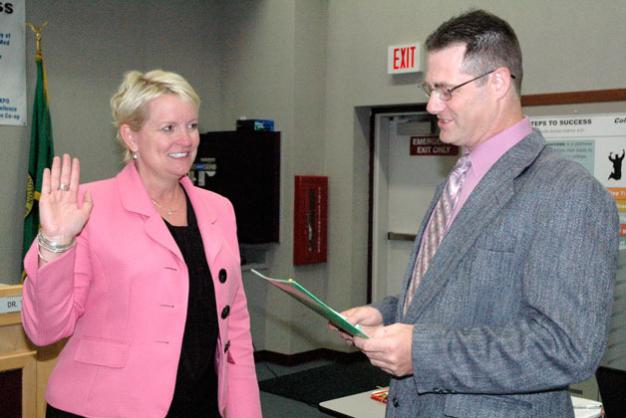By Albert Bender, lohud.com
At a recent Native American conference held in Nashville, celebrated American Indian leader Onondaga wisdomkeeper Oren Lyons said, “If Obama approves the pipeline, this is the deal breaker.” He was referring, of course, to the Keystone XL Pipeline.
Just in the past few days, President Obama in a speech on climate change stated that the pipeline would not be approved if it resulted in more “carbon pollution.” This statement is being interpreted in different ways. For those who oppose the pipeline, Obama is setting the stage for rejection of Keystone; for those who favor the pipeline, he is hinting at approval. But one thing is certain: If Obama follows the logic of his statements, the pipeline is “dead in the water.”
The pipeline, by scientific analysis, would result in massively more “carbon pollution”; in fact, 600 parts per million CO2. The maximum safe limit for the atmosphere is 350 parts per million.
Another thing is certain, Native Americans are preparing in case Obama approves the heinous project: Native communities are set for massive civil disobedience to stop the pipeline from crossing the Northern Plains. Indian people are in special training called the “Moccasins on the Ground Tour of Resistance” from South Dakota to Oklahoma.
For Native people, the pipeline means death. The Keystone oil is extracted from tar sands in Canada. Because of the pipeline, Native people there have been exposed to contaminated water, and arsenic has been found in moose meat, a staple of their diet. In Alberta, extraction of tar sands oil already has been linked to a 30 percent elevated rate in rare cancers and rare autoimmune disorders. This pipeline means genocide!
In Rapid City, S.D., representatives of 11 Native American nations angrily stormed out of a May meeting with federal government officials in protest of the pipeline. Tribal officials refused to meet with low-level government representatives. Oglala Sioux President Bryan Brewer said, “We will only talk with President Obama.”
Also, the pipeline would run through sacred sites and traditional burial grounds, and pollute the Oglala Aquifer, which provides water to millions of citizens in the Midwest, including non-Indians.
Indian people are prepared to risk their lives by standing in front of the bulldozers, but this is not just a fight for Native people; it’s a fight for all Americans. Environmentalists, land owners and ranchers are joining with Indian nations in opposition to this abominable project.
At a recent press conference, the tribes said “Tar sands pipelines will not pass through our collective territories under any conditions or circumstances.” This is a life-and-death struggle for Native Americans.












